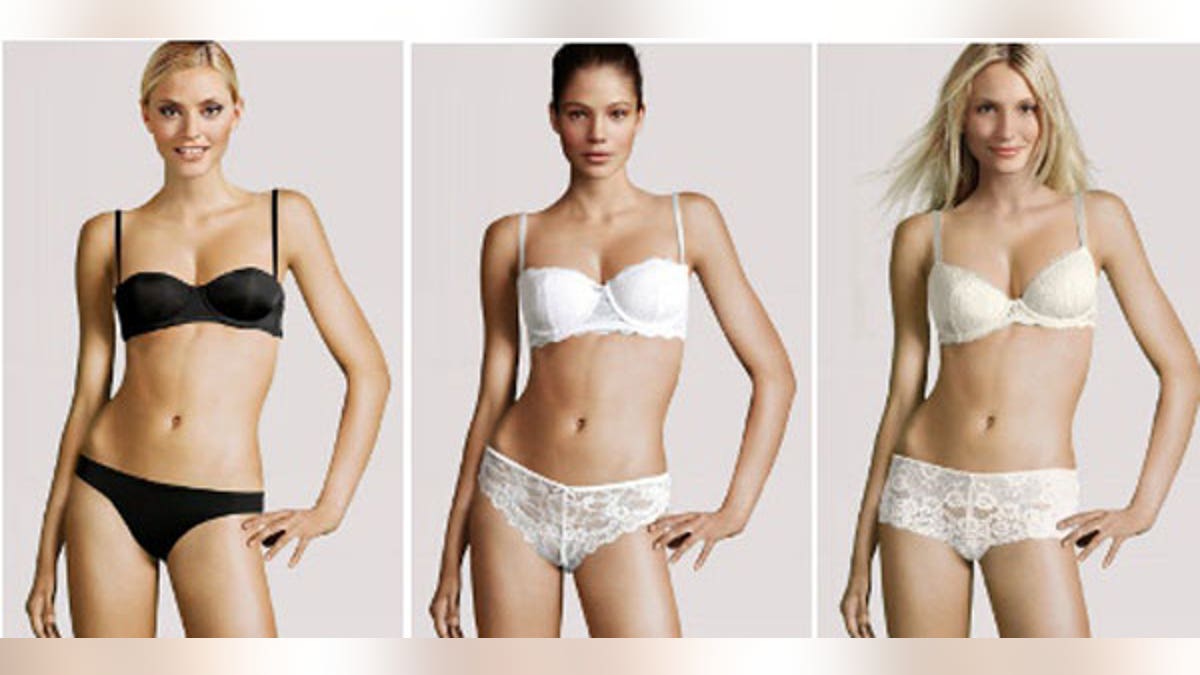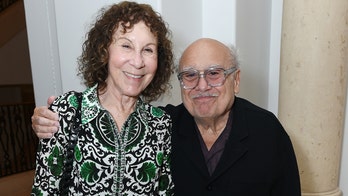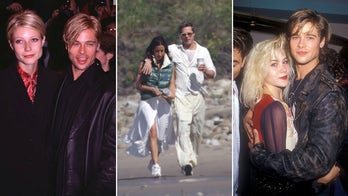
H&M puts real models' heads on the same computer generated body in its online catalog.
Modeling agencies and feminists often find themselves on opposite sides of the fence when it comes to women's issues. Not so when it comes to fashion retailer H&M's practice of interchanging models’ faces onto a single digitally enhanced body on their online store. Virtually decapitating models and creating a so-called “perfect” body has raised the ire of women in the feminist blogosphere and professionals in the modeling industry.
Which is no mean feat.
“It is disrespectful and lazy. It is the job of the brand to properly scout for their models and find those that represent their brand in every aspect. They need to take the responsibility of looking deep into the model pool to find the right people instead of digitally creating what they need,” Michael Flutie, the creator and cast member of E!’s newest model search reality show “Scouted,” tells Fox411. “It is [also] dangerous, especially for teenagers who are led to believe that manipulation and the alteration of bodies is acceptable.”
FOX411: H&M Defends Using Computer Generated Bodies on its Swimsuit Models.
Chloe Angyal, editor of the women's site Feministing.com, agrees.
“We already live in a culture where the gap between what we’re told women’s bodies should look like and what women’s bodies actually look like is wide enough to drive a truck through. The practice of digitally slicing and dicing these models to cobble together a vision of female beauty that is literally impossible to achieve in real life is widening that gap still further,” she told Fox411.
Jennifer Ward, a rep for H&M, defended the images, calling them “virtual mannequins.”
“The virtual mannequins are used in the same way as we use mannequins in our stores for ladies wear and menswear,” Ward told Fox411, adding that the company did not mean to mislead consumers into thinking that the pictures showed the actual bodies of the models She said the budget fashion retailer is currently holding discussion on how to make that information more clear to the online consumer since it does not disclose anywhere on their site that the models used are in fact digitally enhanced.
“It is regrettable if we have led anyone to believe that the virtual mannequins should be real bodies. This is incorrect and has never been our intention,” Ward said. “We will continue to discuss internally how we can be clearer about this in the information towards our customers.”
That's not enough for Angyal.
“Defending this practice by pointing to store mannequins doesn’t strengthen the case for this practice: most store mannequins are so slender that if they were real women, they wouldn’t have enough body fat on them to sustain menstruation," she said. "That’s not healthy, and neither are the crushingly unrealistic beauty ideals that H&M is reinforcing.”
Even digital advertising professionals are raising their eyebrows.
“One issue is that they're doing this and not making a disclaimer, essentially trying to pass off this digital body as a real one. Another is that it's one stock body - suggesting there is only one ideal body type and shape, which is bad for already poor body image in young women. And the third seems to be that it's aesthetically off-putting,” Farrah Bostic, the creative strategist and founder of The Difference Engine digital strategy and design company, told Fox411.
And at the end of the day, it may just be bad business.
“They are not selling the model, that's true. But they are selling back to the shopper ‘herself’ in that dress or with that bag or in those shoes. They are selling her an augmented version of herself. To put unrelatable, uncanny, or cringe-worthy women (real or fake) in those clothes only distances women from the shopping experience and from the clothes themselves. These uncanny valley thinspiration models are clearly a distraction from the clothes, and make it harder - not easier - to imagine yourself in them. And that, quite simply, doesn't sell,” Bostic says.
Even if H&M sticks with its computer generated bodies, the practice likely won’t collapse the modeling industry. Digital models simply can’t walk a catwalk and so far they can’t do high end glossy magazine photo shoots to properly satisfy the artistic vision of fashion magazine editors.
“When it comes to selling clothes in the pages of an editorial in a glossy fashion mag or on a runway you still need the real thing,” Fashionista.com editor Leah Chernikoff tells Fox411. “You still need models with unique and special looks.”






